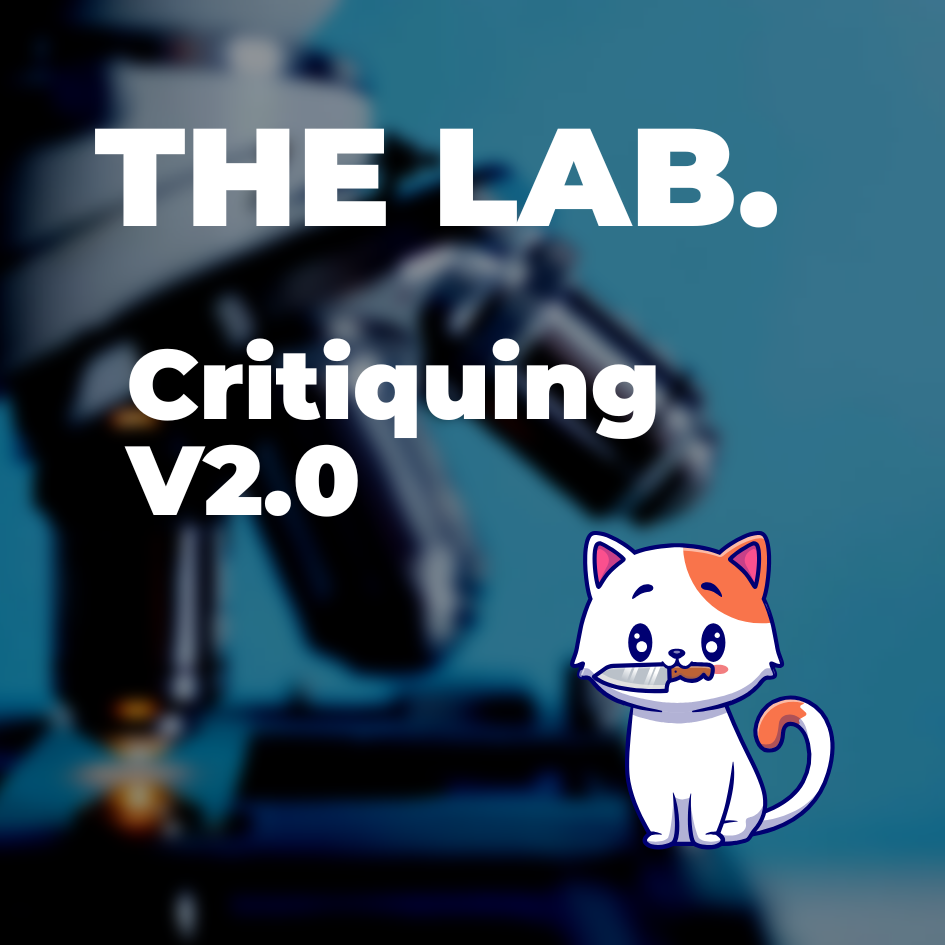To digress, slightly, I enjoy it when a key character from one book is given a cameo or even a mention in another from the same author. Not so much a sequel as various books set in the same 'world'. Elmore Leonard did this frequently. Notably, in Tarntino's adaptation of Leonard's Rum Punch- Jackie Brown, Micheal Keaton played ATF agent Ray Nicolette. Keaton popped up, playing the same character in Steven Soderbergh's adaptation of Leonard's Out of Sight. A gimmick, maybe, but very satisfying for fans. My three novels are all set in the same 'world' or 'universe'-whatever you want to call it: I had Sam Conner, the protagonist from my first book, crop up in the second. I my second book Ariadne. an artist and forger, painted a picture called The Wretchedness of the Gimp, which turned up, hanging in a gangster's study, in the third book. A bit self indulgent, I'll admit, but fun. Anyway, just thought that might be something you could play with, a sequel that isn't?



